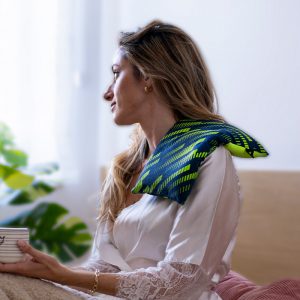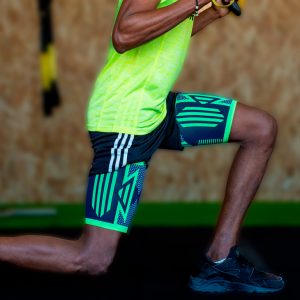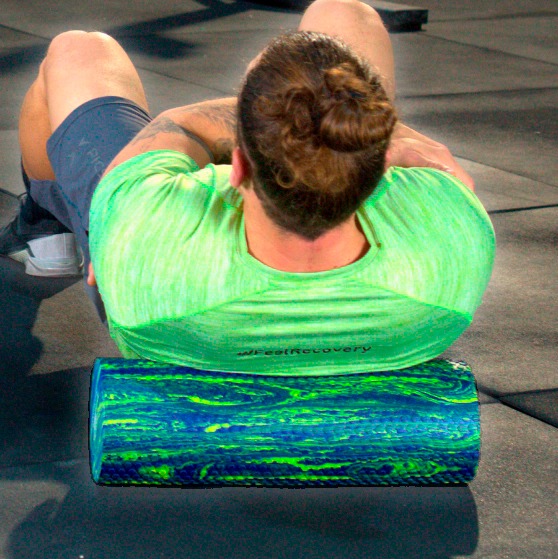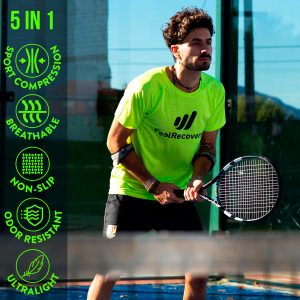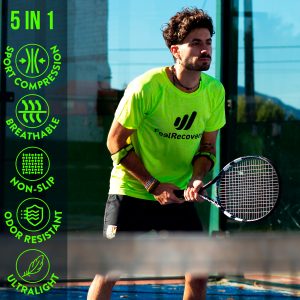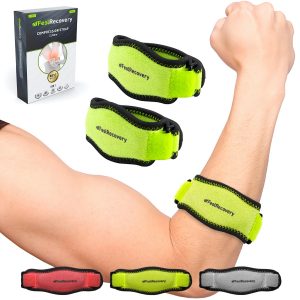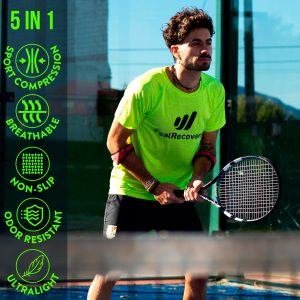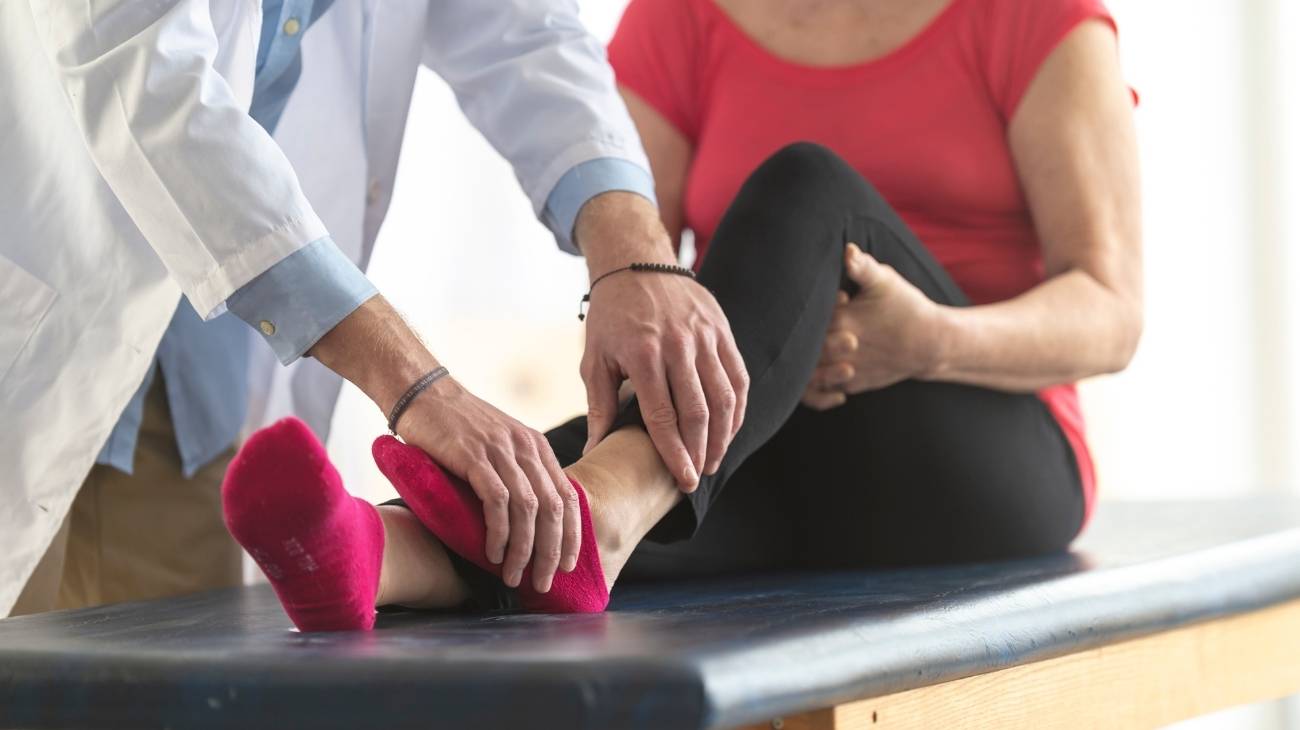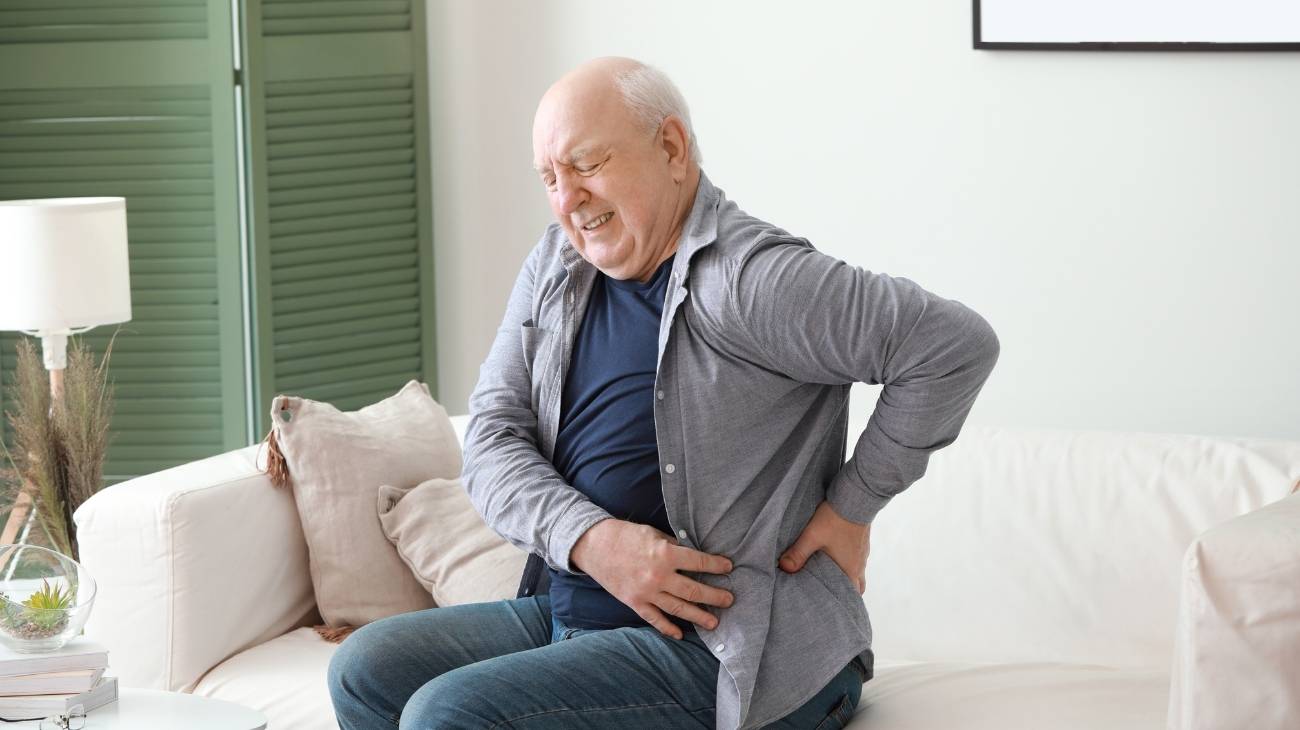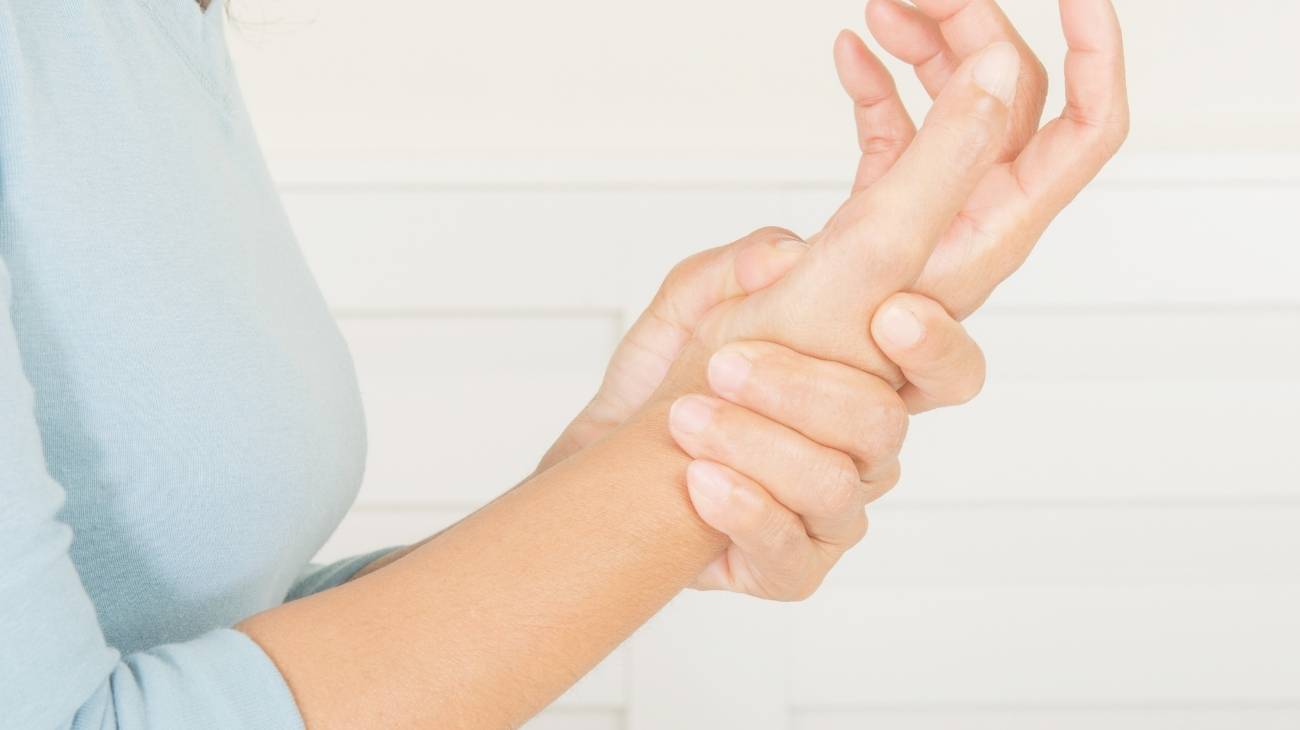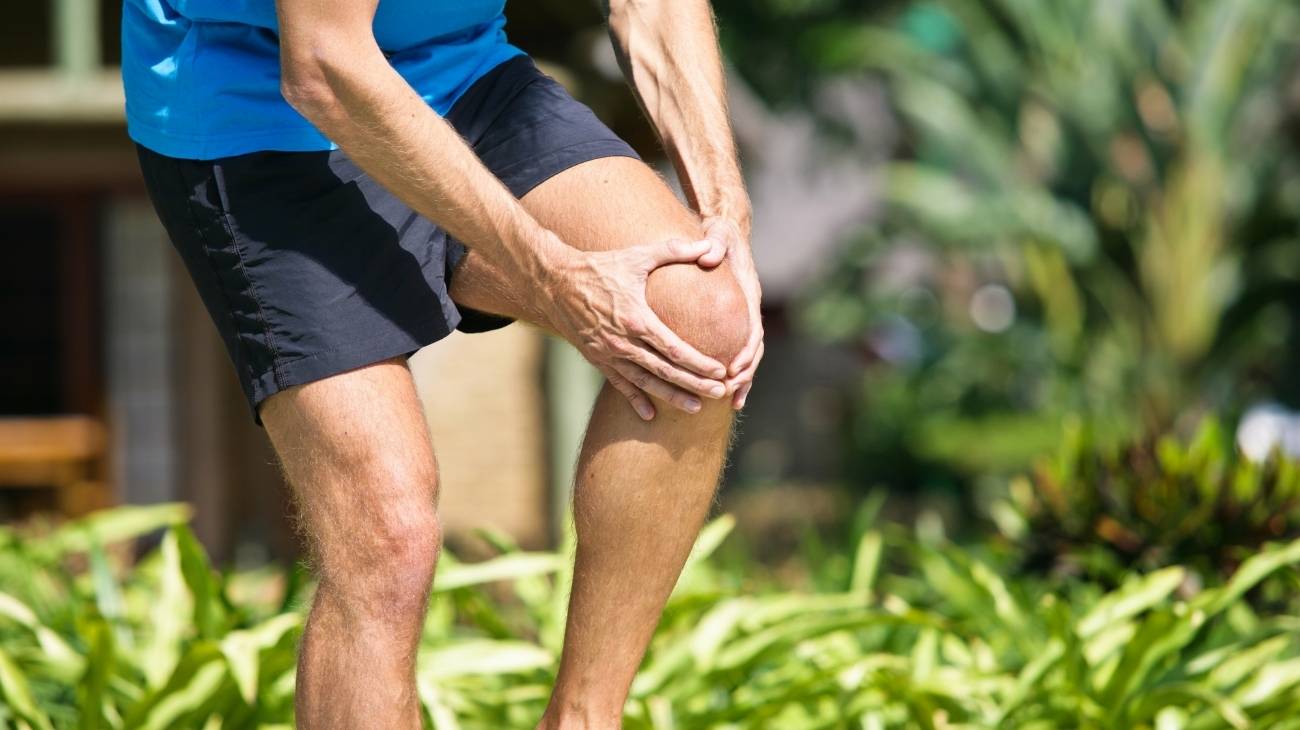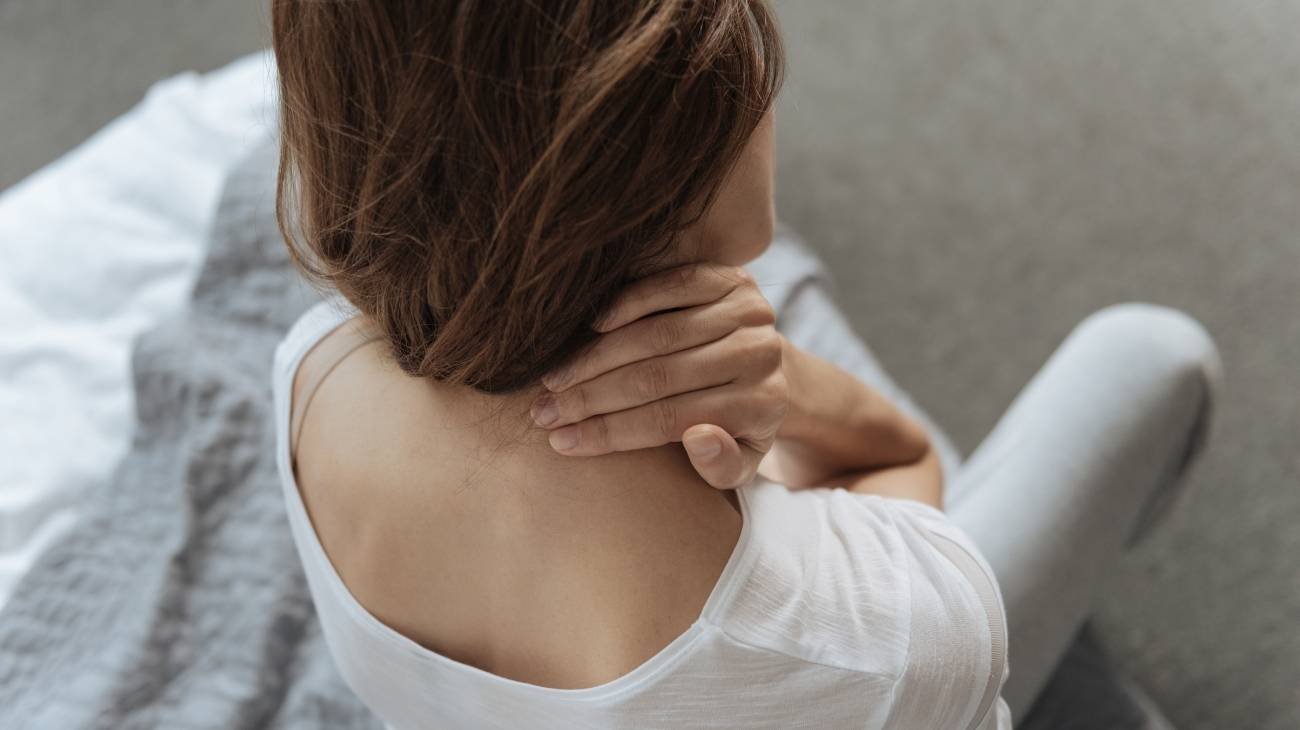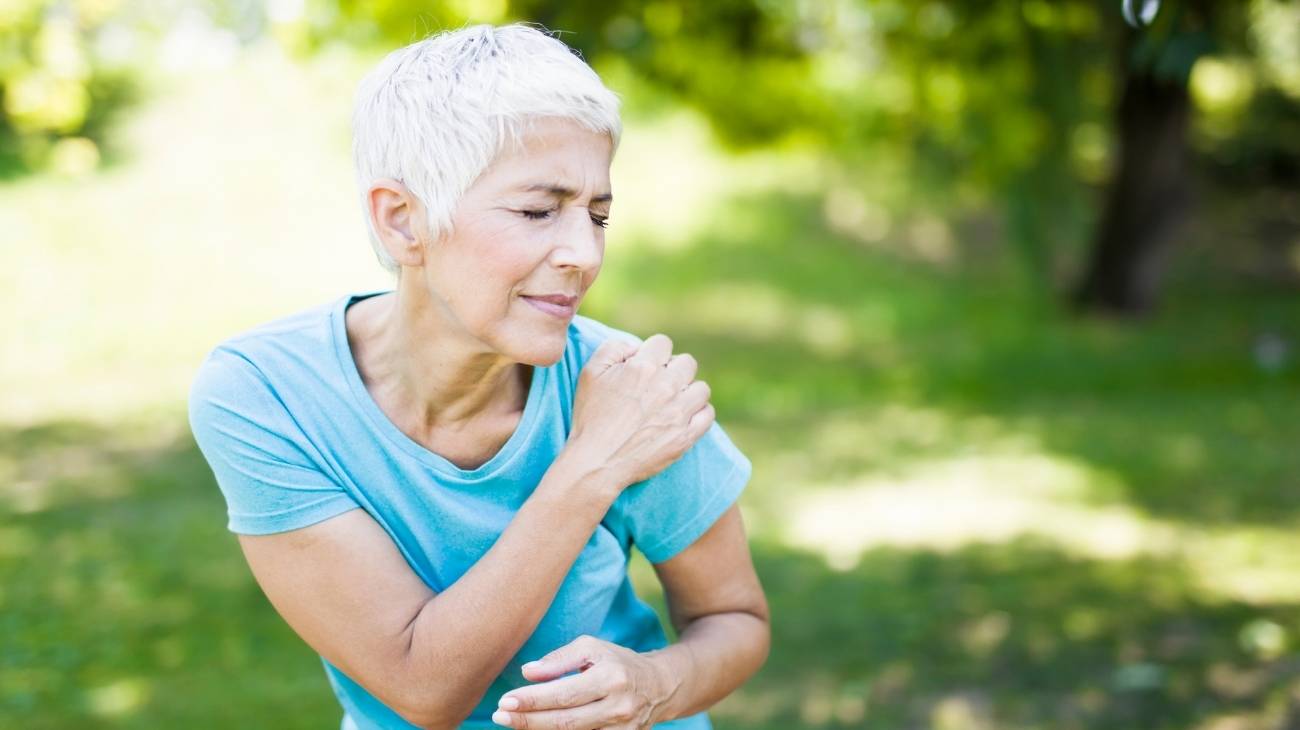Elbow arthritis is a chronic condition that leads to inflammation, stiffness, and pain in the elbow joint. This condition can make simple tasks like lifting, bending, or carrying objects extremely difficult. However, with the right support and care, managing symptoms and improving mobility is achievable.
Compression sleeves are one of the most effective solutions for elbow arthritis pain relief. These sleeves apply consistent pressure to reduce swelling, improve blood circulation, and provide support to the affected joint. Their lightweight and flexible design ensures maximum comfort, making them suitable for extended wear throughout the day.
Hot and cold therapy wraps offer dual benefits for managing arthritis pain. Cold therapy reduces inflammation and numbs acute pain, while heat therapy alleviates stiffness and promotes joint flexibility. Alternating between these therapies can significantly improve your range of motion and decrease discomfort.
Ergonomic braces are essential for stabilizing the elbow joint and preventing further damage. By distributing pressure evenly and providing support, these braces reduce strain and allow for safer movement. They are especially beneficial for individuals with moderate to severe arthritis who need additional protection during physical activities.
For those seeking advanced pain management, TENS devices (Transcutaneous Electrical Nerve Stimulation) provide a non-invasive option. These devices work by delivering gentle electrical impulses that block pain signals and stimulate the release of endorphins, offering natural pain relief without the need for medication.
Massage tools can also be a valuable addition to your arthritis care routine. Using tools like handheld massagers or vibration devices can help reduce stiffness, enhance circulation, and relax the surrounding muscles. Regular use can complement other therapies and improve overall joint health.
Stretching and strengthening exercises play a crucial role in managing elbow arthritis. Low-impact activities, such as yoga or resistance training, can improve joint stability and flexibility. Combining these exercises with supportive products ensures a comprehensive approach to managing arthritis symptoms.
Finally, incorporating ergonomic tools in daily tasks can reduce strain on the elbow. Items like padded grips or specially designed utensils minimize joint stress and make everyday activities more comfortable. These tools, paired with therapeutic products, create a holistic solution for managing elbow arthritis effectively.
FAQ: Frequently Asked Questions
What are the best products for elbow arthritis pain?
Compression sleeves, heat and cold therapy wraps, ergonomic braces, and TENS devices are highly effective in managing pain and improving mobility for elbow arthritis sufferers.
How does compression therapy help with elbow arthritis?
Compression therapy improves blood circulation, reduces swelling, and provides joint support, making it a practical option for pain relief and enhanced mobility.
Can TENS devices relieve arthritis pain?
Yes, TENS devices are effective for arthritis pain relief. They block pain signals and promote natural healing by stimulating endorphin release.
What type of brace is best for elbow arthritis?
Ergonomic braces with adjustable straps are ideal for providing joint stability and reducing strain during daily activities.
How often should I use hot and cold therapy for elbow arthritis?
Using hot and cold therapy 2-3 times a day can effectively reduce inflammation, relieve stiffness, and alleviate pain in the elbow joint.

